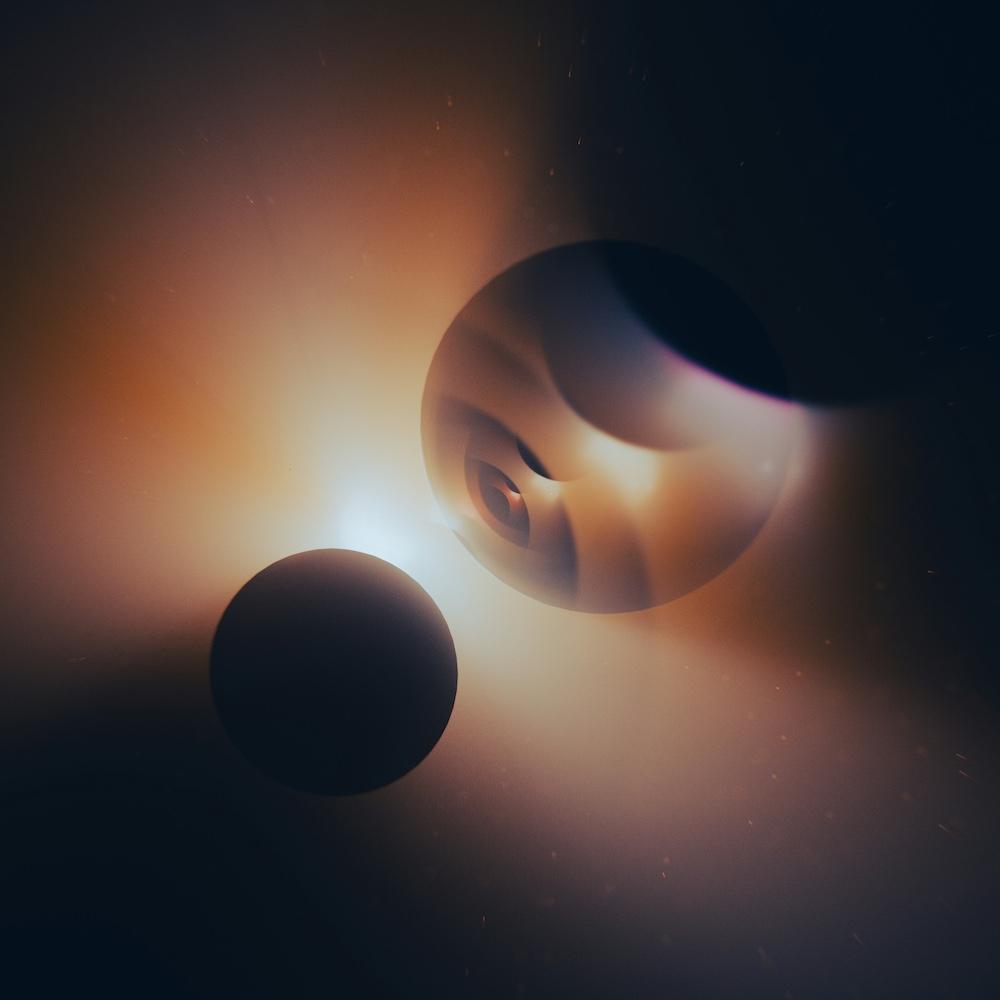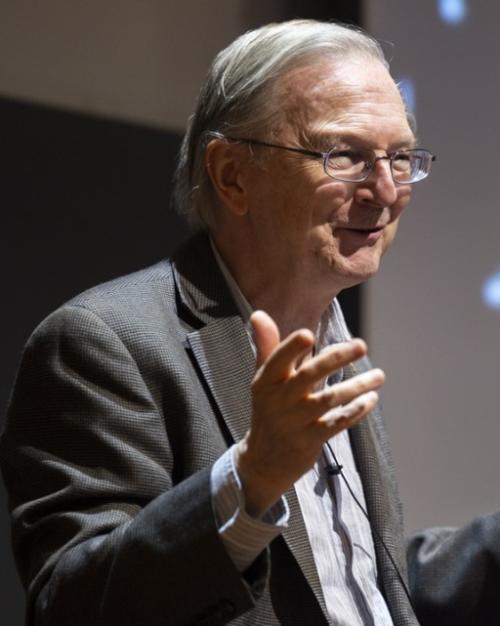Nobel Laureate Jack Szostak, Ph.D. ’77, shared decades of research into one of biology’s most puzzling mysteries – the origins of life – with a crowded room Oct. 9 during the 2025 Ef Racker Lecture. The lecture is sponsored by the Department of Molecular Biology and Genetics in the College of Arts & Sciences.
Szostak, who won the Nobel Prize in Physiology or Medicine in 2009, explained his team’s scientific journey to understand how molecules could have assembled into the first living systems on Earth. He emphasized the importance of questioning assumptions and embracing unexpected findings – an approach he said has shaped his work.
“Science is hard because you have to overcome your preconceptions,” said Szostak, now a professor at the University of Chicago. “You have to let go of cherished models and go with what is really happening.”
Szostak began his talk by posing a question to the audience: Is life common in the universe, or is Earth a rare exception? While the discovery of exoplanets leads many to believe life could be widespread, Szostak said that the complexity of cell formation makes that seem less probable.
Central to Szostak’s talk was the “RNA World” hypothesis – the idea that early life initially revolved around RNA molecules before the advent of complex cellular structures.
“The idea that RNA could act as an enzyme was put forth in the 1960s by some really smart people like Francis Crick, Leslie Orgel and Carl Woese, but no one believed them,” Szostak said. Then, in the early 1980s, scientists Sidney Altman and Thomas Cech showed that RNA could do more than transfer genetic material within cells but also act as an enzyme and engage in chemical reactions.
“Now we just needed to figure out how to get RNA from nothing,” Szostak said. “What was the early Earth like? What kind of chemistry was happening on its surface that could give birth to RNA? And how could those RNA molecules be part of the first primordial cells?”
During his talk, Szostak debunked several theories of life formation including deep-sea hydrothermal vents and meteorite chemistry. Instead, he proposed that impact craters and volcanic regions may have provided the right conditions – through heat, mineral interactions and ultraviolet light – to concentrate cyanide, which turns out to be a great building material for the creation of simple sugars, amino acids and even nucleotides.
Szostak then explained his research into the role of fatty acids in the formation of early cell membranes, which could self-assemble, grow and divide, mimicking basic cellular behavior without the need for complex enzymes and laying the groundwork for Darwinian evolution.
One of the lab’s final problems was to develop a new circular model for RNA replication, which his lab members did during the pandemic.
“It took us a long time to figure out what was happening, because we thought it had to work as it does in biology,” he said. “But it turns out that this chemistry doesn’t work that way.”
Showing photos of volcanic vents at Yellowstone National Park, Szostak said “life at the beginning depended totally on its environment. But as cells evolved, they learned more about their environment. That information was encoded into their genome and it allowed them to survive better and eventually colonize the whole surface of the planet.
“I think we're actually getting pretty close to having a coherent picture of how life actually started.”




